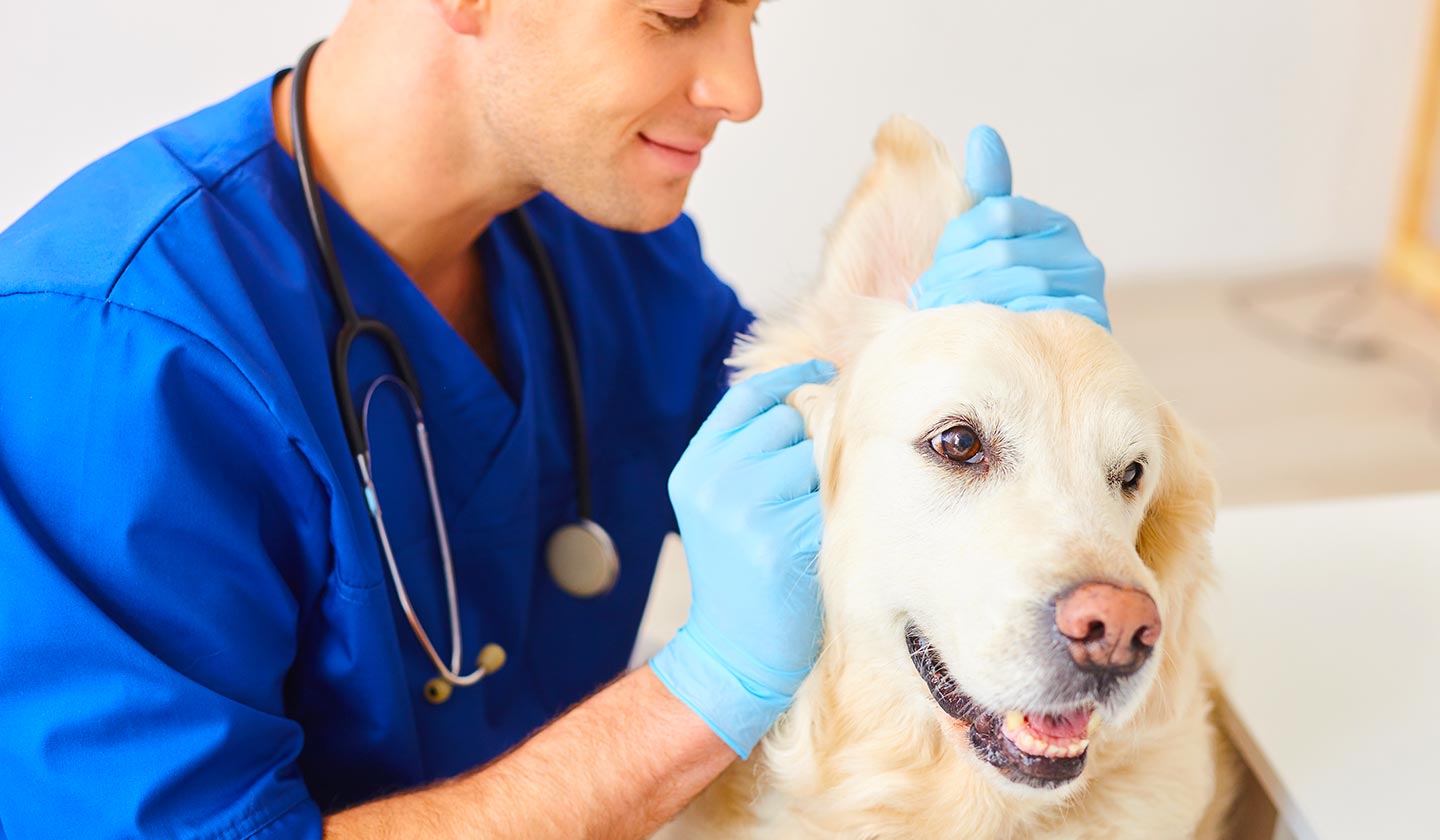Veterinary
Woof! Woof! Meow! Meow! Is it a veterinary otitis?

The term otitis refers to inflammation of the ear and occurs frequently in animals. It can be classified according to its location into external (the most common), middle, and internal. It can affect one or both ears.
In external otitis there is inflammation of the tissue that lines the external ear canal, and otitis media is inflammation of the middle ear. Otitis media is often a consequence of otitis externa after rupture of the tympanic membrane. The inner ear is the most specialized part, where there are the so-called semicircular canals, the cochlea and the acoustic nerve, the latter connecting the whole directly to the brain. An otitis interna can lead to more serious changes such as disorientation and imbalance.
Factors
The factors that contribute to external otitis in dogs and cats are:
- Bacterial infections
- Fungal infections
- Parasites (e.g. mites and ticks)
- Foreign bodies (e.g. stingers and hairs)
- Allergies (e.g. food, dermatitis)
- Diseases (e.g. swellings, nodules)
- Structure of the ear canal (e.g. long, drooping ears, ears with a lot of hair)
- Incorrect ear cleaning (e.g. excessive use of cotton swabs)

Symptoms
- Frequent head shaking
- Scratching the ear area
- Secretions in the ear canal
- Fierce smelling in the ears

Diagnosis and treatment
The diagnosis should be made by your veterinarian and the prescribed treatment should not be interrupted.
Cleaning the ear canal is essential for the treatment of otitis externa, the ear must be completely clean and free of any secretions before any medication is applied.
In the case of applying ear drops, hold the head firmly, bend the ear outwards and pour the drops in, without touching the ear with the dropper, and at the end gently massage the area.

Prevention
When bathing the animal, the ears should be protected with a small cotton ball, to prevent water from entering the ear canal and to prevent the shampoo from going into the eyes, so as not to cause irritation.
To prevent the development of otitis, changes in ear humidity and rapid changes in temperature should be avoided.
For daily cleaning of the ear, a cotton swab or a piece of dry or water-soaked cotton should be used only in the outer folds of the ear canal.
Ear cleaning products have drying properties in the ear canal to reduce the existing moisture.
Do not remove the hair from the animal's ears, as this protects the ear canal.
Consult your pharmacy for the necessary professional advice on the care to be taken when dispensing the medication and for useful practical advice on treatment.
Sources
www.petz.com.br
www.chv.pt
www.hospitaldosanimais.com
Também lhe poderá interessar
Veterinary
Companion Animals - Nutrition and Health - Part I
Veterinary






